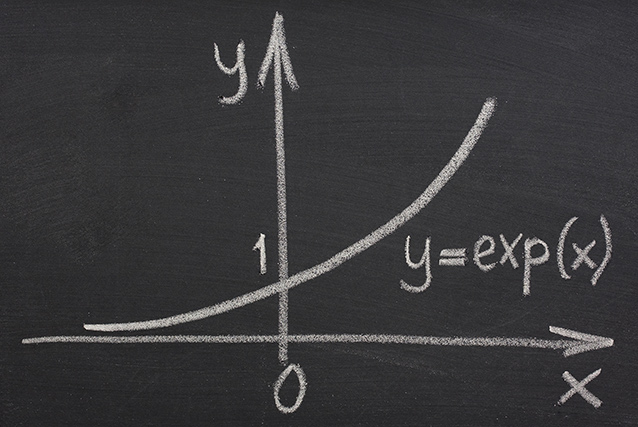
This tool will help you figure the future value and annualized yield differences between investments which are taxable vs tax-deferred.
Our rate table lists current home equity offers in your area, which you can use to find a local lender or compare against other loan options. From the [loan type] select box you can choose between HELOCs and home equity loans of a 5, 10, 15, 20 or 30 year duration.
Wouldn't you like to keep more of the money you work so hard for, and give less of it to the government? If so, you've come to the right place. Our convenient calculator will show you how a tax-deferred investment can increase your take-home pay.
A good example of a duty-deferred account is the 401(k) plan, and yet the latest statistics show that less than 25% of Americans who are eligible for a 401(k) retirement account take advantage of it.
The main attraction of such a plan is that you pay less income tax, so let's look at the nice piece of change you could put into your own pocket instead of Uncle Sam's. In our example, "John" makes $2,000 a month and wishes to put 10% into a 401(k) account every month.
By entering this information, as well as John's income tax rate of 28%, we find that contributing $200 a month to the 401(k) will cost John only $144 each month. If he moves $144 into the account from each monthly paycheck, his take-home pay is reduced from $1,440 to $1,296. But John's reward for squirreling away that $144 a month is to see his savings grow by $200 a month, which is basically like a $56 bonus for paying it forward.
However, many people are skeptical of any worthwhile savings because (as they keep repeating) you'll have to pay dues on the money when you withdraw it later on down the road. That's true, but there are good reasons to defer the taxes:
Also, keep in mind that you'll only pay dues on the amount you withdraw from your tax-deferred accounts, while the remainder in these accounts continues to grow and compound.

However, there are two disadvantages to keeping your money in deferred accounts. Firstly, if you make any withdrawals before age 59 ½, you'll be hit with hefty early withdrawal penalties, namely the 10% early withdrawal penalty fees. If you expect you'll need the money within a few years, it's not wise to invest in a retirement plan.
Secondly, capital gains might be taxed at a higher rate in a deductible IRA than in a standard taxable account. This is because they're subject to the regular income tax rates that can go as high as 37%; funds held in a taxable account top out at a maximum rate of 28%.
When you sell an investment for a profit, it's called a capital gain on investment. Just like your regular income, these profits are taxable, albeit at a different rate than your salary. Your capital gains tax rate in 2014 depends on:
Short-term gains are assets owned for less than a year and a day, and they're taxed at your normal income tax rate.
Long-term gains are assets you've owned for more than a year and a day, and (as of writing this, in 2014) they're taxed as follows:
The money you deposit in your traditional IRA isn't taxed until you withdraw the funds decades later. If you made $30,000 last year and $5,000 of it was placed in an IRA, you'll only be required to pay income tax on $25,000 of your yearly earnings. Plus, your contributions will continue to grow duty-free. Only after age 59 ½ will the money be taxed (at your regular income tax rate).
The fee structure and tax breaks for a Roth IRA are quite different. Your contributions to a Roth IRA are never deductible, so if you made $30,000 and socked $5,000 away in a Roth IRA, you'd still be paying taxes on the entire $30,000.
However, when you withdraw your funds from a Roth IRA, neither the funds nor any earnings will be taxed. Of course, you can't start withdrawing until you reach age 59 1/2, and the Roth IRA has to be open for at least five years. In the end, you get all that money, and all you have to do is... wait.
While both the traditional IRA and the Roth IRA let you amass small fortunes by paying taxes as you go, the former blindsides you with a big tax bill on those profits. The Roth IRA, on the other hand, offers no surprises in the end. In other words, you never pay taxes on your gains with a Roth IRA.
Deductible IRAs, 401(k)s, 4093(b)s, and similar due-deferred retirement plans provide the best after-tax results for most investors - if the funds are not withdrawn early and do not incur the early withdrawal penalty tax.
Most investors have funds in both taxable and tax-deferred accounts, and many others own both stocks and bonds. It is advisable to keep your lower-returning bonds in taxable accounts and your higher-returning stock funds in tax-deferred accounts.
Even if the capital gains fee rate is reduced by 50%, a deductible IRA will still be the best bet for most investors who are saving for retirement.
Explore conventional mortgages, FHA loans, USDA loans, and VA loans to find out which option is right for you.
Check your options with a trusted El Monte lender.
Answer a few questions below and connect with a lender who can help you save today!